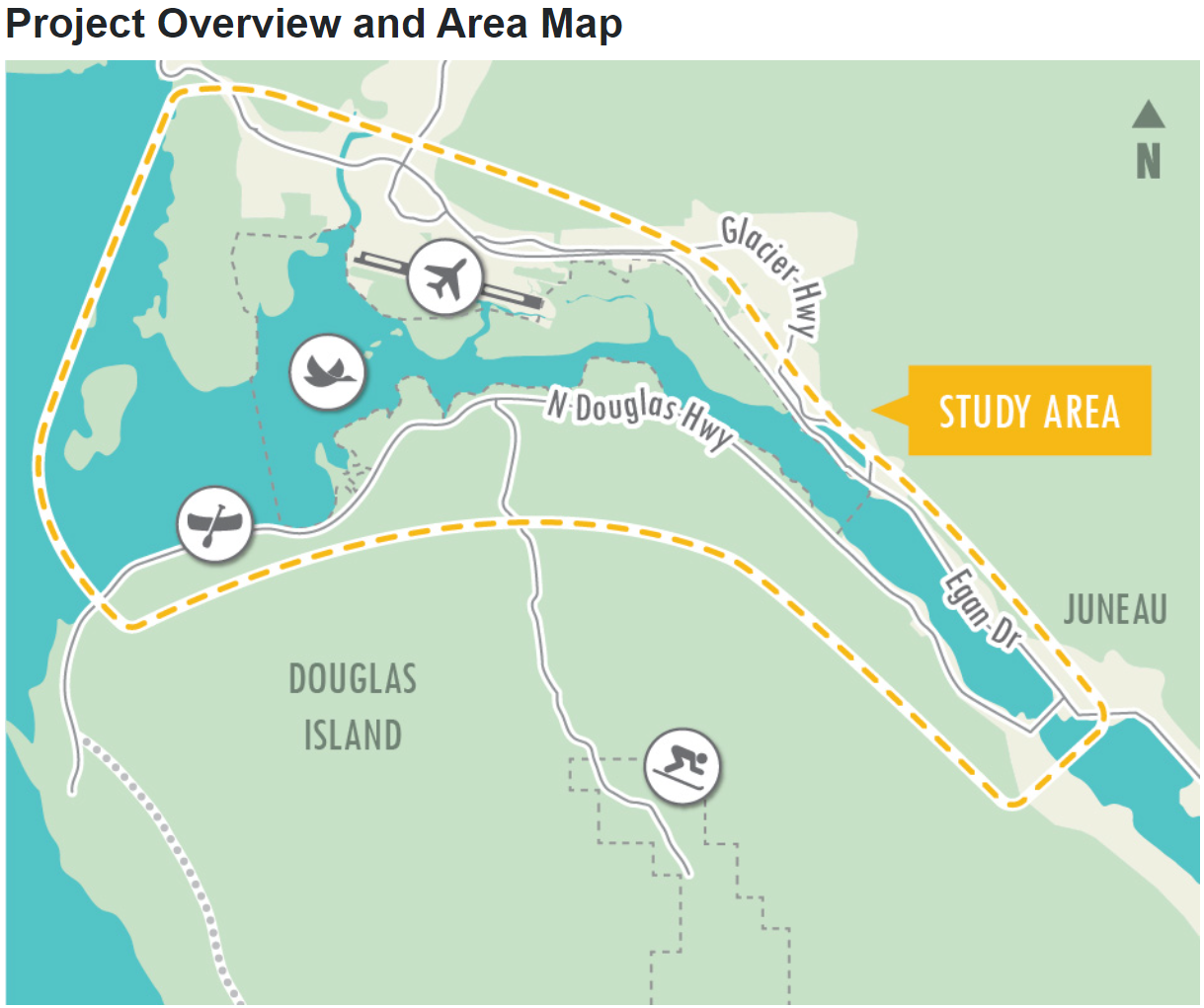Alaska BHA is committed to fighting for wild places and critical habitats that give hunters and anglers an opportunity to participate in the outdoor heritage of hunting and fishing in a natural setting. Critically important fish and wildlife habitat within the Mendenhall State Game Refuge is currently under threat due to a development proposal known as the Juneau-Douglas Second Crossing, and it could restrict access for a huge number of hunters and anglers. BHA is pro-wildlife, habitat, and opportunity guided by sound scientific management. We look at projects on a case-by-case basis to be sure they don't jeopardize these values beyond reasonable mitigation strategies.
The Mendenhall State Game Refuge was designated in 1976 by the Alaska State Legislature. It was, in part designated so hunters could learn to pursue waterfowl and have a place to hunt. The Mendenhall Wetlands not only provide opportunities for sport and subsistence hunting and fishing, but they are also a globally important bird area according to National Audubon and have even been called a "fish factory." In 2023, the Alaska Department of Fish & Game added over a dozen anadromous fish to the Anadromous Waters Catalog (AWC) fish streams after surveying the wetlands. A total of 230 species of birds have been documented within the wetlands – that’s 69% of the 335 bird species for all of Southeast Alaska - including 36 different waterfowl species (Audubon). It’s also the most popular waterfowl hunting destination in Southeast Alaska, so yeah, you could say it’s pretty important to the conservation community.
The Juneau-Douglas Second Crossing is a major development project that has a bit of history, 40 years of it, actually. The Second Crossing was first brought up in 1984, and on three other occasions between then and now. The proposal seeks to connect Douglas Island to Juneau and reduce congestion, provide transportation resiliency and facilitate future development on Douglas Island. The reason it never gained traction before is a lack of consensus on location. The City and Borough of Juneau has partnered with the Alaska Department of Transportation & Public Facilities (ADT&PF), which currently has federal funding for the project, and has narrowed alternatives to 5 different locations for the crossing – four of which go through the Mendenhall State Game Refuge. However, hunters, anglers and conservationists are coalescing around a fifth option, the Salmon Creek Alternative, and most agree that the location of the bridge should be outside of the Mendenhall State Game Refuge.

Regarding a Transportation Corridor on the Mendenhall Wetlands:
The Mendenhall Wetlands State Refuge Management Plan says that: CBJ may acquire land for a public transportation corridor, including a water corridor, only after the following criteria have been demonstrated: 1) That there is a significant public need for the corridor which cannot reasonably be met off refuge 2) That the use of the refuge lands are avoided or minimized to the maximum extent feasible including of subsurface or elevated, no fill corridor options where feasible 3) That public access to the refuge is maintained; and 4) that all unavoidable impacts to the refuge and to refuge resources are fully mitigated through restoration, replacement and/or other compensation. It is not the intent of this policy to prevent the maintenance of the Gastineau navigational channel.
New private, exclusive use transportation corridors will not be authorized within the refuge.
_______________________________________________________________________________________________
If a second crossing through the State Game Refuge were to move forward, while there are viable off-refuge options, that would be not be meeting the first criteria of a transportation corridor in the Mendenhall Wetlands State Refuge Plan. In addition, a bridge through the refuge would threaten public access for waterfowl hunting due to the new traffic and road barriers through prime hunting areas. This results in the bridge not meeting the third criteria in the management plan, which dictates that public access to the refuge be maintained.